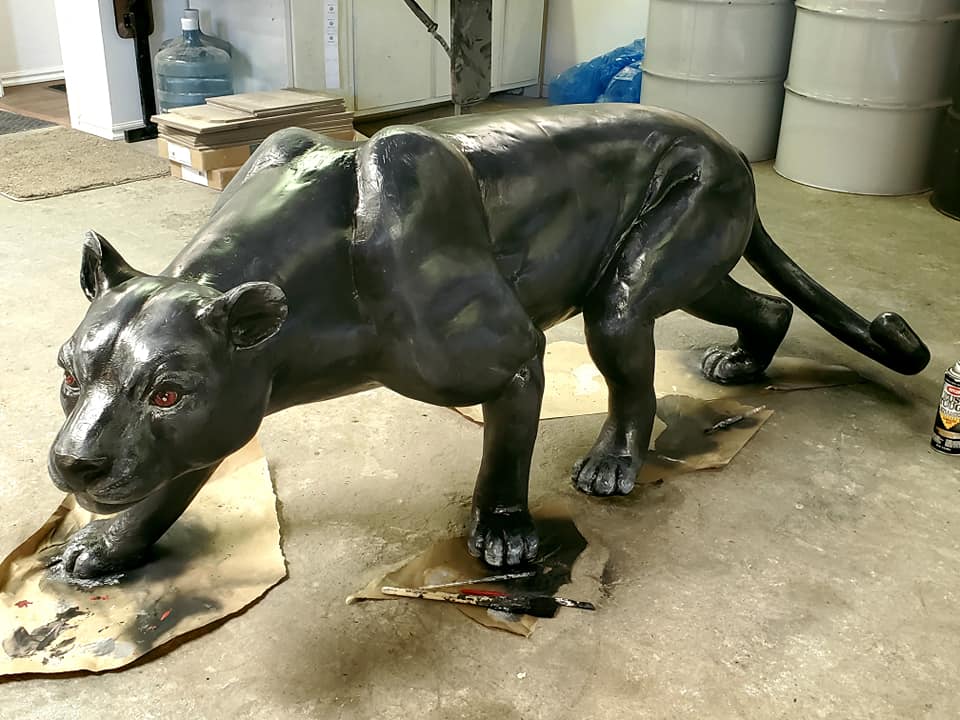Creating a custom bronze statue is a detailed process that blends artistic vision with traditional craftsmanship. Each stage requires skill, patience, and precision to ensure the final piece reflects the original concept while maintaining durability and beauty. Below is a clear walkthrough of how these timeless works of art come to life.
Initial Concept and Design
The journey begins with an idea. Clients usually provide a vision, whether it is a portrait, a symbolic figure, or a unique theme. Artists then translate this idea into sketches or digital models. This early design stage is crucial, as it sets the foundation for proportions, details, and overall style. Clients often collaborate closely with artists at this point to ensure the design captures the intended essence.
Creating the Clay Model
Once the design is approved, artists sculpt a clay model to bring the two-dimensional sketch into three-dimensional form. This stage allows both the artist and the client to review proportions, posture, and fine details. Adjustments are easier to make in clay, which ensures accuracy before moving forward.
Step-by-Step Casting Process
After the clay model is complete, the technical stages begin. Each of these steps ensures the design is faithfully transformed into bronze, while preserving even the most minor details of the original sculpture.
- Making the Mould: A rubber mould is created from the clay model, supported by a plaster or fibreglass shell to maintain shape.
- Wax Casting: Molten wax is poured into the mould to form a hollow wax replica. Artists refine details and attach sprues to guide the casting of the bronze.
- Ceramic Shell Building: The wax model is dipped in ceramic slurry, forming a strong shell over several days.
- Bronze Pouring: The ceramic shell is heated to remove the wax, and molten bronze at over 2,000°F is poured into it.
- Breaking the Shell and Assembly: Once cooled, the ceramic is broken away from the assembly. Larger pieces are welded together seamlessly.
- Surface Finishing and Patina: The statue is polished, and patinas are applied to achieve the final colour and protective coating.
- Installation and Display: The completed custom bronze statue is mounted on a base or pedestal for display in its chosen location.
Together, these steps transform a fragile clay design into a durable and lasting work of art.
Artistic Value in Outdoor Displays
Many clients also commission bronze garden sculptures, which combine artistic appeal with durability in outdoor settings. These pieces enhance landscapes, serving as focal points in parks, gardens, or courtyards. Their resilience against the weather makes them both practical and visually striking. When thoughtfully placed, they can complement architecture, highlight pathways, or create serene focal areas for relaxation.
Collectors and Cultural Relevance
Beyond personal commissions, bronze garden sculptures hold cultural and historical importance. They are often used in public art projects, creating landmarks that connect communities and preserve stories. Their presence ensures artistic traditions are not only remembered but also celebrated by future generations.
Conclusion
The process of making a bronze statue involves creativity, craftsmanship, and precision at every stage. From the first sketch to the final installation, each step contributes to a piece that carries meaning and endures over time. A well-crafted statue not only captures a vision but also creates a legacy.



